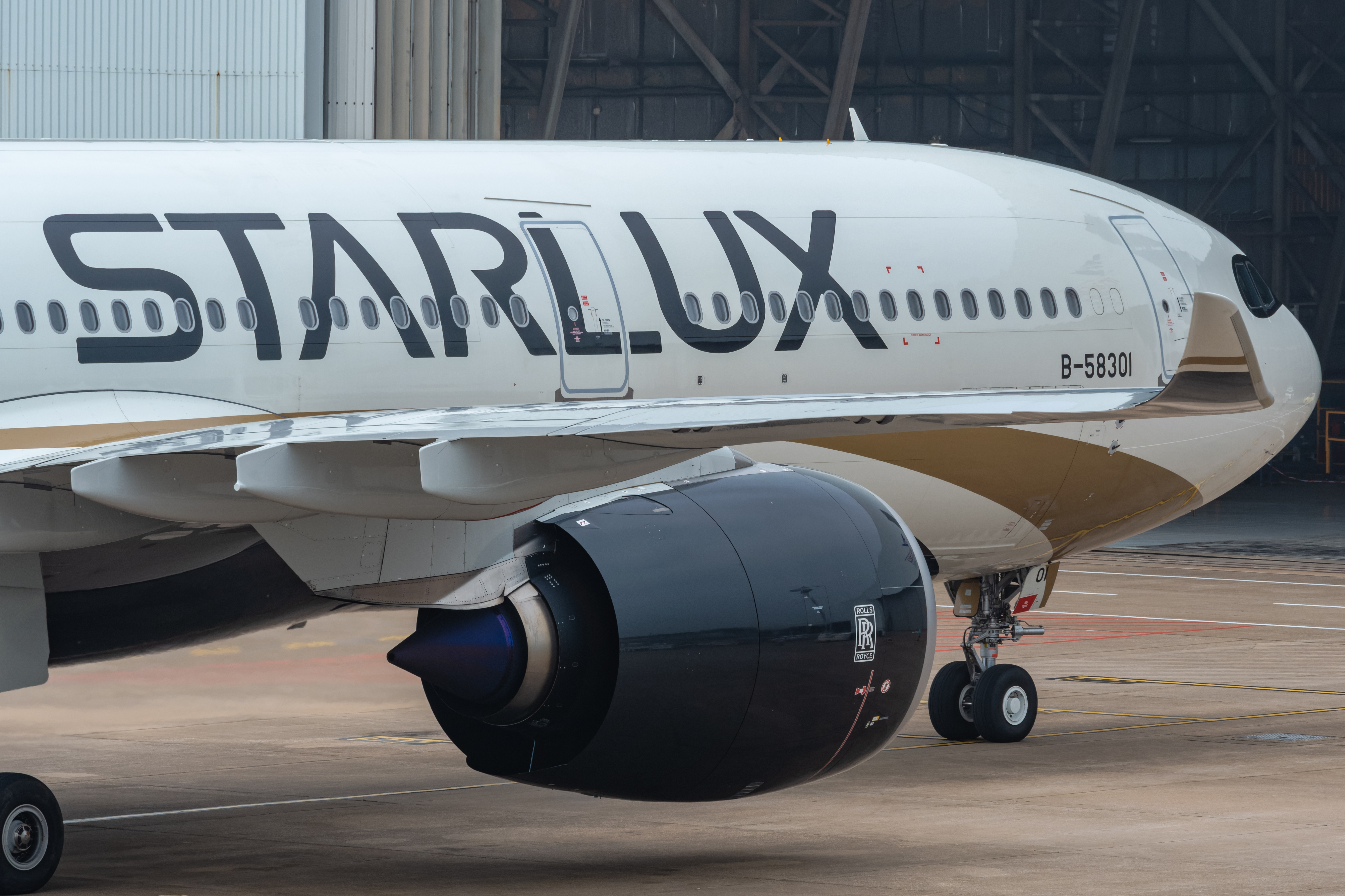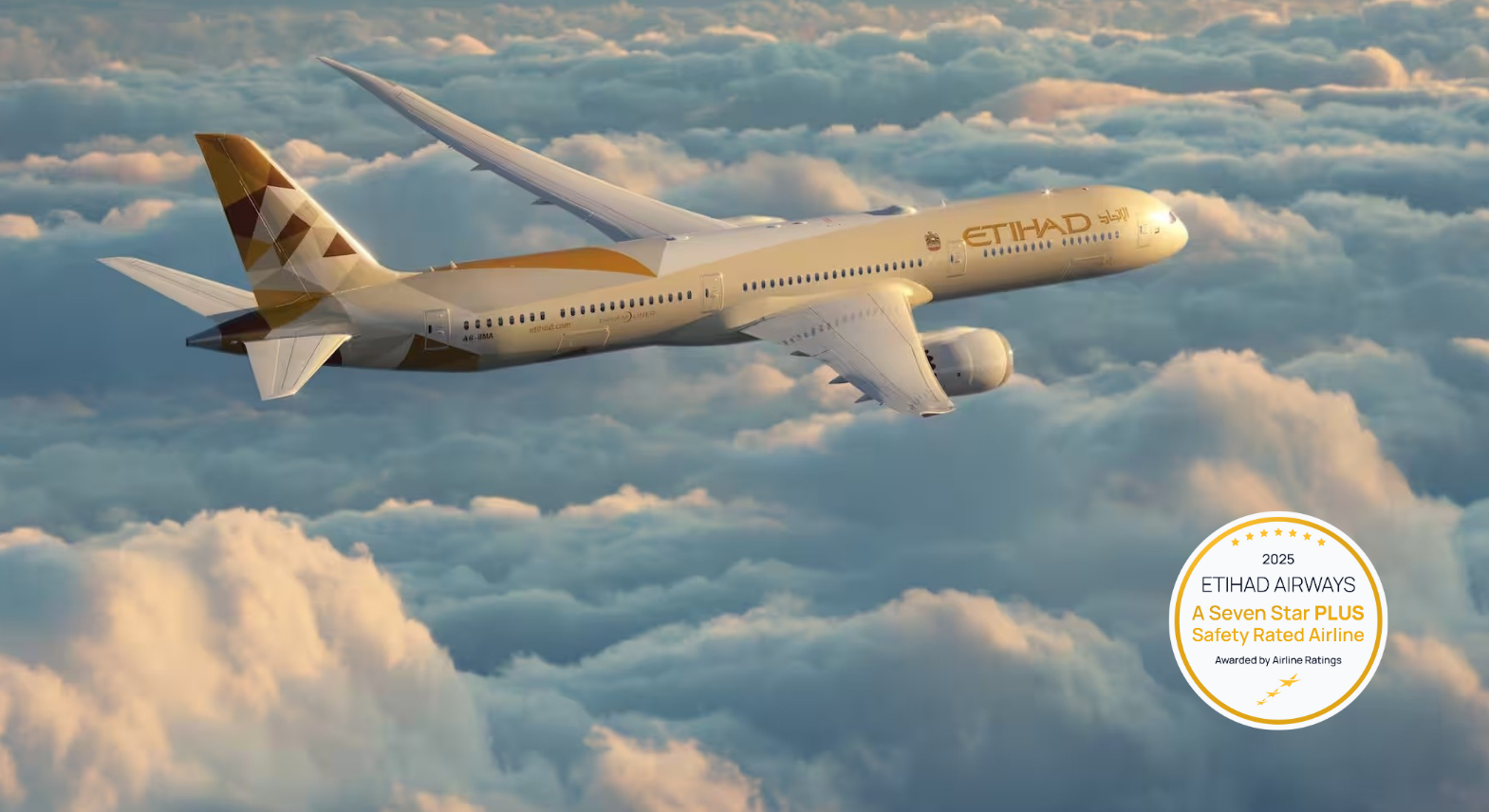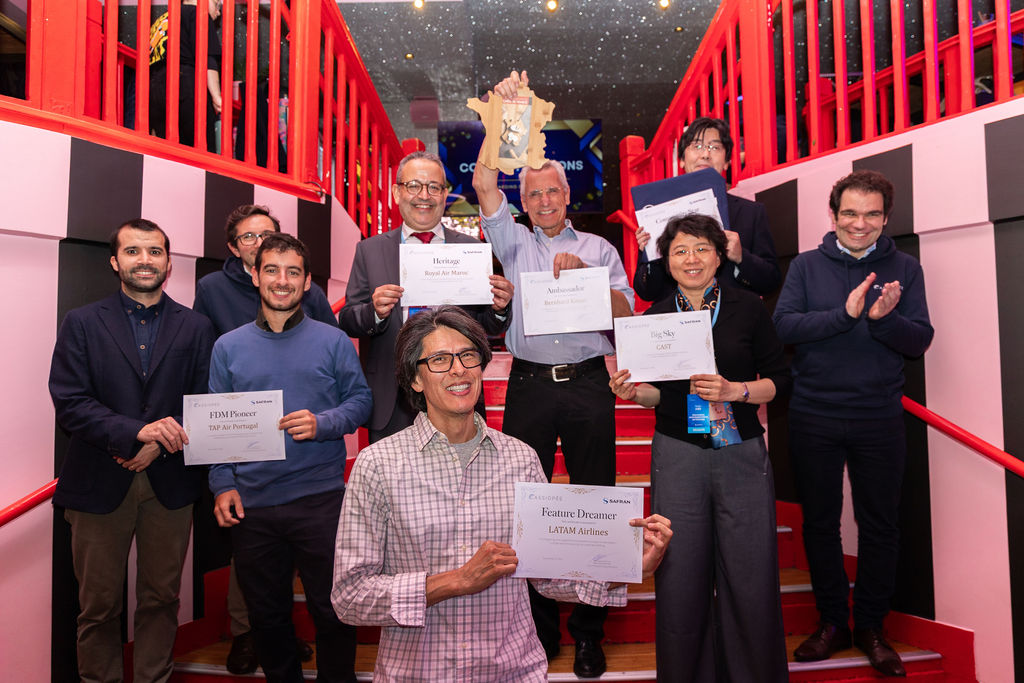By Steve Creedy
Published Wed Apr 12 2017
A clever design that allows passengers to stow cabin baggage under their feet, a new way, an alternative to satellite imagery using aircraft and a way to quickly turn a military aircraft into a fire-fighting platform.
These are among the ideas from five international student teams that will battle it out in Toulouse, France, in the finals of the Airbus “Fly Your Ideas’’ competition.
Students around the globe were asked to look at five key challenges to aviation in the 21st century: business models, flight operations, passenger experience, design engineering and manufacturing.
The finalists from Australia, France, Hong Kong, Nigeria and the UK were among 348 universities from 89 countries to submit 356 innovative ideas.
The entries included strong representation from India (64 teams), China and Hong Kong (44 teams), Spain (29 teams), Indonesia (24 teams) and the UK (20 teams).
The finalists will spend a week at the Airbus ProtoSpace facility developing their ideas before presenting them to Airbus and other aviation experts for a 30,000-euro prize.
Two teams addressed the increasingly difficult question of cabin baggage.
Hong Kong University’s Team DAELead, came up with a design for a private stowage compartment underneath passenger’s feet.
The compartment would use space between the cabin floor and the cargo ceiling and flips up so people can store items without them eating into leg room.
Local Team PassEx, from the Toulouse-based Institut d’Administration des Entreprises, have devised a revolutionary boarding system that uses A mobile app to assign boarding status according to luggage size.
“The Compact Luggage Strategy (CLS) addresses current storage issues in overhead compartments by distributing passengers across the aircraft according to the size of their baggage,’’ Airbus said.
The airborne Earth observation concept developed by Surrey University’s team Skyvision turns a commercial airliner into an “earth observation device” by installing observation equipment into an aircraft belly.
It is seen as an alternative to satellite imagery in areas such as ecological analysis and urban planning.
Nigeria’s team Nevada, from Obafemi Awolowo University, proposed an airport taxiing system that uses sensors and algorithms to automate ground traffic control in a tower and on aircraft to improve traffic flows and reduce emissions.
The Royal Melbourne Institute’s Team Aquarius devised a modular system that allows pressurised fire retardant containers to be quickly loaded into an A400M military aircraft which can then be used to fight wildfires.
Have questions or want to share your thoughts?
Get In Touch








